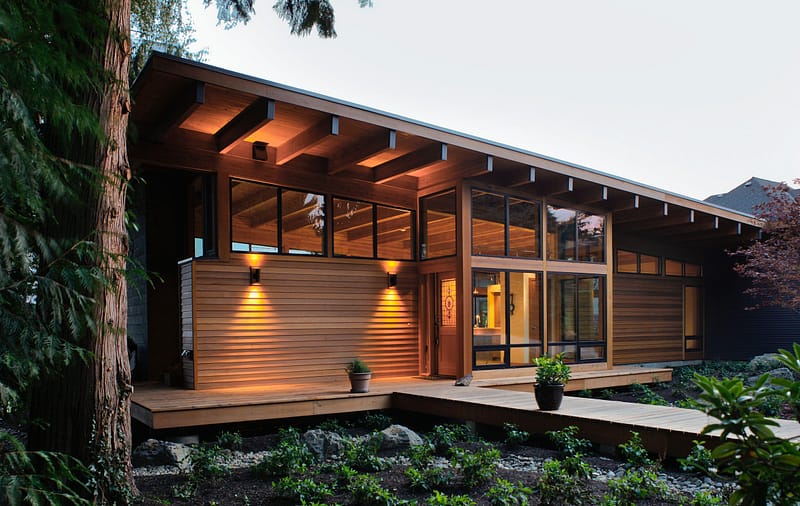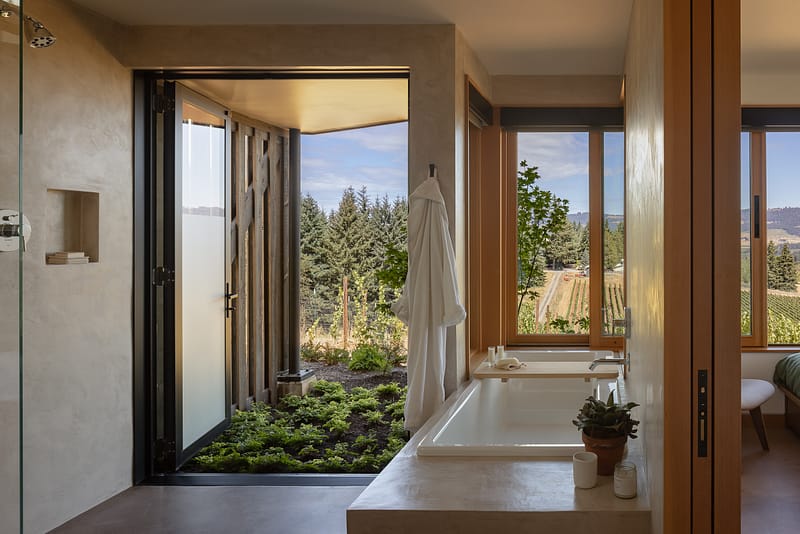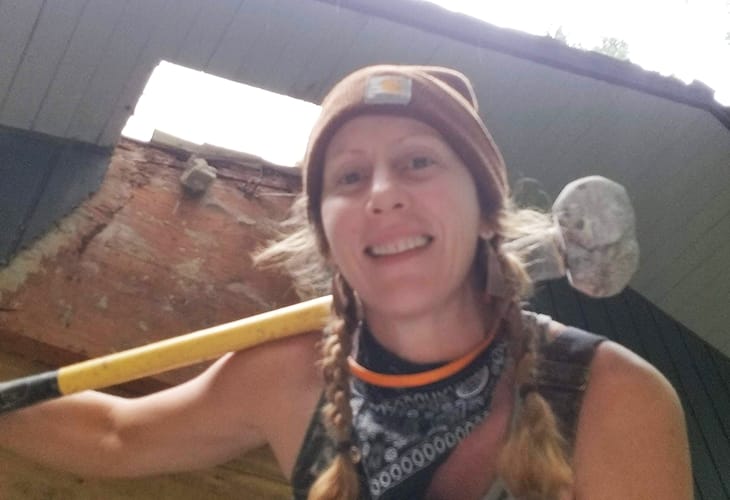The sea change in the construction sector demands a refocus by builders, writes Sam Hagerman.
While none of us know what the future housing market will bring, most of us know this: things are different now. Gone are the days of profligate lending and spending, massive building sprees, and the expectation from consumers and builders alike that real estate prices will always rise.
The paradigm has shifted.
And from a purely “green” perspective, this is a good thing. The unbridled housing boom wasted resources, fueled low-density sprawl, and erected tracts of hastily built, low-performing structures. But where from here?
We know this: the planet is under strain, and energy isn’t getting any cheaper. So, shoddy buildings just aren’t acceptable anymore. As an industry it’s time to fundamentally shift how and what we build.
 Certainly it’s the right thing to do, but it’s also where the market is headed. Short-term profit no longer drives investment in real estate. Quality and value are the new drivers – building performance, energy efficiency, durability, health and safety, comfort, and design integrity.
Certainly it’s the right thing to do, but it’s also where the market is headed. Short-term profit no longer drives investment in real estate. Quality and value are the new drivers – building performance, energy efficiency, durability, health and safety, comfort, and design integrity.
If we green builders deliver on these points, our creations will sell, the building sector’s carbon footprint will decrease, our craftspeople will thrive, our local economy will strengthen and we will achieve the fabled “triple bottom line” (environmental sustainability, social responsibility, and profit).
Doing well by doing good.
We’re seeing this at work today at Hammer & Hand. The company’s emphasis on sustainability and social responsibility has been what’s kept the business solvent and growing amidst the economic storm. And our experience is not unique. In his blog post, “McGraw Hill study: green builders doing well by doing good,” our own Zack Semke quotes a recent study that concluded that:
“In today’s economy, firms that specialized in green or serve this market are seeing a tremendous advantage – and they’re doing good at the same time. Green building leads to healthier places for us to live and work in, lower energy and water use, and better profitability.”
For us at Hammer & Hand, Passive House construction, Accessory Dwelling Unit development, and energy retrofits are three powerful means for accomplishing these ends.
 Another key component, though, is the human story. None of what we’ve accomplished at Hammer & Hand would be possible without the dedicated work of a passionate and talented group of career craftspeople. That’s why we’re so committed to progressive employment policies and benefits packages. When artisans are given respect, agency and support, wonderful things happen with clients and projects. This establishes a positive feedback loop that drives work quality, building performance, customer satisfaction, and profitability. (We are business people, after all!) Again, that triple bottom line.
Another key component, though, is the human story. None of what we’ve accomplished at Hammer & Hand would be possible without the dedicated work of a passionate and talented group of career craftspeople. That’s why we’re so committed to progressive employment policies and benefits packages. When artisans are given respect, agency and support, wonderful things happen with clients and projects. This establishes a positive feedback loop that drives work quality, building performance, customer satisfaction, and profitability. (We are business people, after all!) Again, that triple bottom line.
– Sam




